How to produce growth hypotheses that go into sprint, not the backlog
Discover the secrets of rapid business growth from a growth marketing expert. What people to hire, how to manage a team, launch experiments, what tools to use, and a list of proven examples to inspire you.

Part 1: Guide to growth marketing explained by a growth hacker
Part 3: Guide to hacking your product led growth marketing
Part 4: 3 rules and 5 must-have roles when building growth marketing team
Part 5: How to produce growth hypotheses
Part 6: Your growth marketing strategy template, guide, and examples
Part 10: A secret collection of growth marketing tools
Part 12: 25 Growth Marketing Books
This article will explain how to transform a simple idea into a robust growth hypothesis and share templates to help you do this. Let’s leverage the power of growth marketing together!
Since growth hackers’ working time is not elastic, we will suggest ways to select the most promising sprint hypotheses worth focusing on.
A growth hypothesis is a risky assumption that if you do something, users or customers will react in a certain way, and this will help you increase a specific metric by a certain amount.
How to create and develop a growth marketing hypothesis
- The main members of the growth marketing team should formulate growth hypotheses to influence the key metric.
Hypotheses are prepared on the “If … then…” structure. After “if,” state what exactly you want to do. After “then,” state the expected result.
Growth hacking examples of hypotheses:
If we launch advertising on Facebook for a broad audience with a video about how online schools increase sales using the Dashly chatbot on the website, then we will receive 40 requests for chatbot setup.
If we send an email campaign about the New Year’s promotion to those who entered sales but are at the stage of refusal, then we will receive 30 registrations for the service.
If we change the offer on the landing page from “Service Demonstration” to “Free Lead Generation Audit,” then the conversion to request will increase by 10%.

Offering freebies is one of the best growth marketing tips.
Thanks! Here’s your copy of 100 growth ideas
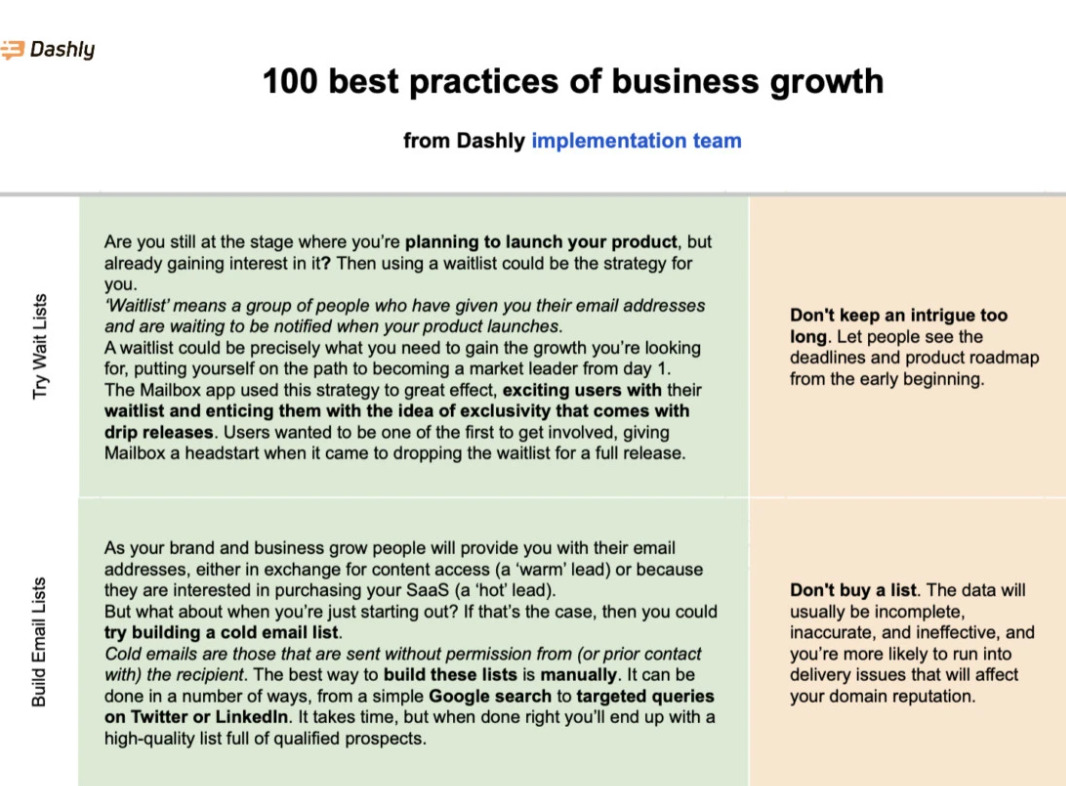
💡 Follow these tips to ease the growth marketing hypotheses production:
- Keep track of analytics and conduct your own research, which can be read about in growth hacking books.
- Observe competitors for SaaS growth hacks inspo.
- Communicate with other teams — they are likely to have ideas too.
- Listen to or review sales calls — pay attention to customers’ pain points, their terminology, and how they refer to various product or service features.
For more inspo for your hypotheses, choose and subscribe to a growth marketing newsletter.
2. Ensure that the hypothesis is aimed at changing the key metric and that you are not using too narrow a segment for your hypotheses.
With such a segment, you will not get statistically significant data from testing, or the hypothesis must be tested for a long time. Additionally, hypotheses based on narrow segments need to be more scalable.
3. Answer these 8 questions to develop a growth marketing hypothesis:
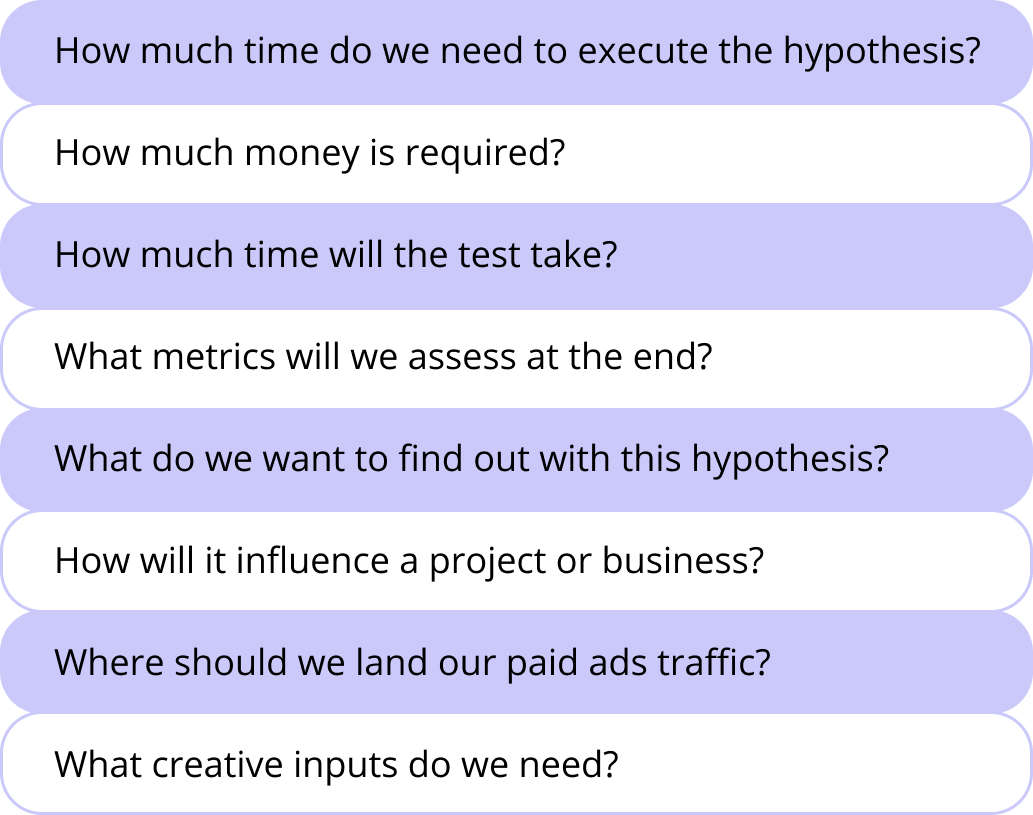
These questions help plan work on hypotheses and prioritize them for hacking growth. Prioritization helps select hypotheses for the upcoming sprint that require the least amount of money to test, will have the most excellent effect, and are well-thought-out.
If you need more inspo for experiments, check out our growth marketing playbook with over 40 ideas from Dashly and our customers.
4. Record all growth marketing hypotheses in one place. Our growth team records all hypotheses in Favro, a project management service. Each hypothesis has its own card, where the following information is marked:
- The channel in which the hypothesis will be tested and which growth hacking tools will be used;
- The essence of the hypothesis;
- The stage of the funnel on which we want to influence;
- The time frame for planning to start and complete hypothesis testing;
- Answers to all the questions from the previous section;
- Responsible parties.
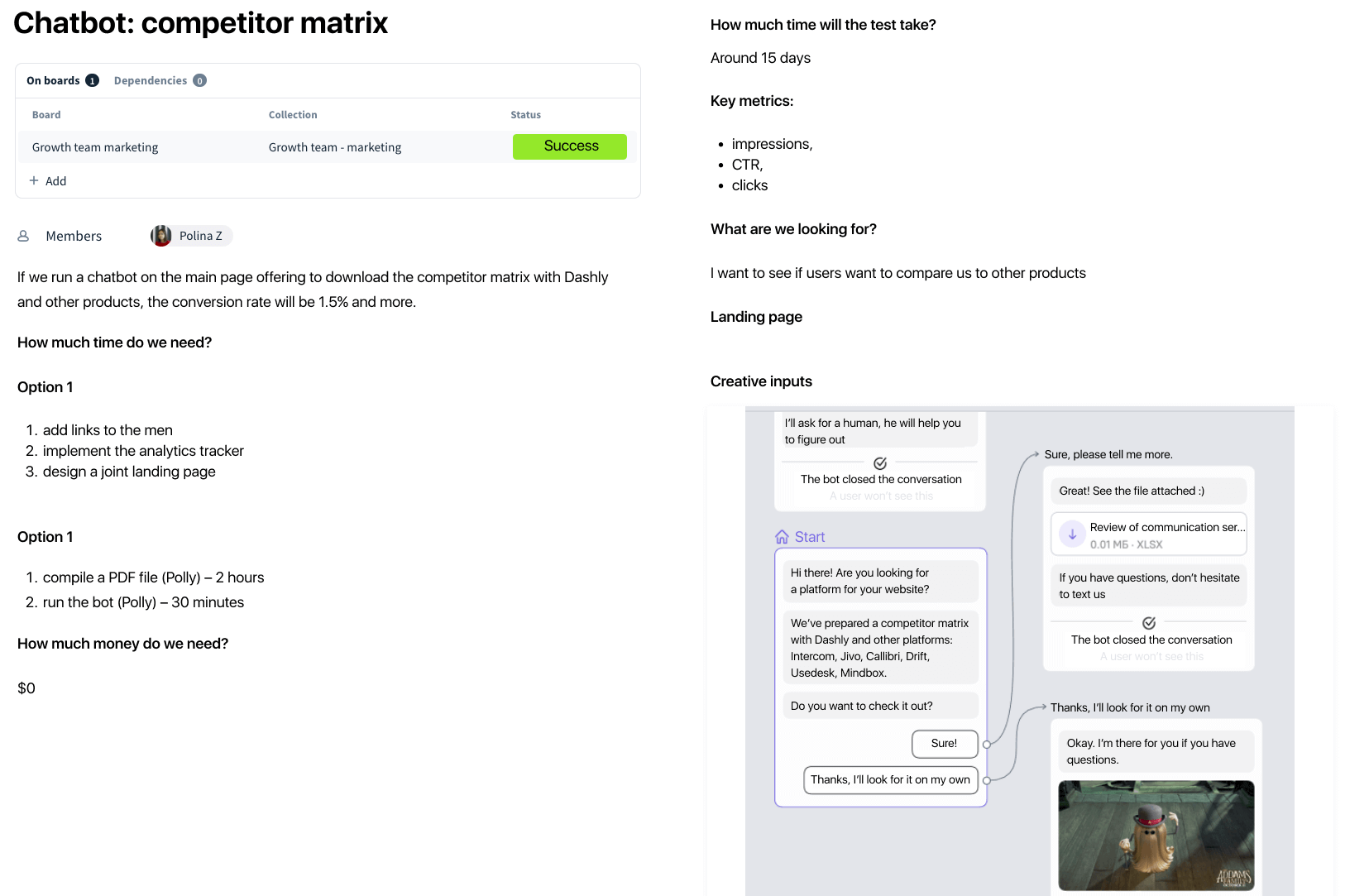
The team tested this hypothesis using a chatbot for the Dashly website, the scenario of which was created in a visual builder.
Read also:
How to select hypotheses for a sprint and prepare for testing
Not all growth marketing hypotheses should be tested immediately. Instead, work through each and select the most promising ones for the upcoming sprint. Here’s how to do it.
Make regular growth meetings one of your team events
What to discuss:
- Results of hypotheses from the previous sprint: which ones to refine, scale up in your marketing growth strategy, and which ones to “bury.”
- Sprint retrospectives: what was good and bad in the past sprint, what can be improved, what prevented hypotheses from being launched, and how to avoid possible testing blocks in the upcoming sprint.
- Future hypotheses. At the pitch meeting — the meeting to defend hypotheses — each team member should briefly present the hypothesis they have come up with and want to test in 1.5 minutes.
It is necessary to explain its essence and how success will be measured. Then, 1.5 minutes are given to discuss the hypothesis with the team. Thus, in 3 minutes, the entire team must be convinced that the hypothesis is remarkable and worth testing — “sell” it.
Read also: RevOps vs Sales Ops.
Don’t take it into the current sprint if you can’t “sell” a growth marketing hypothesis. The person who came up with the hypothesis can “fine-tune” it until the next growth meeting and present it again.
Want more ideas for your growth hypothesis? 👇
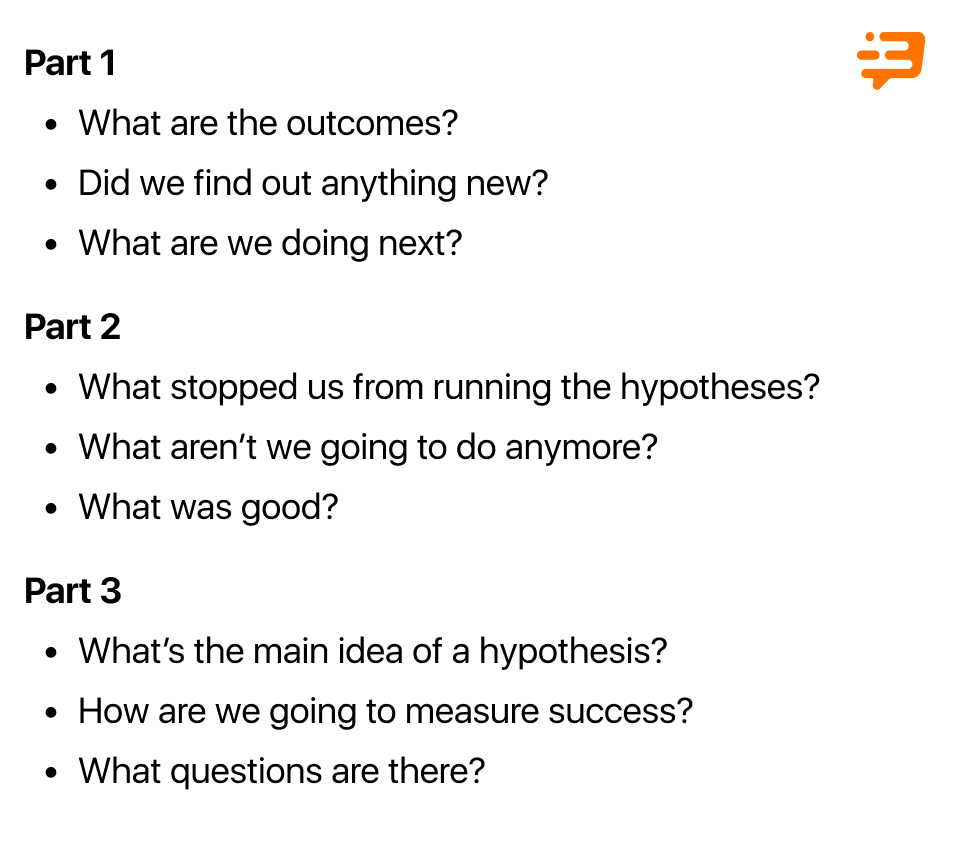
We work in weekly sprints. On Mondays, we hold growth meetings. They take about two hours and involve the entire growth team. The production team leader also joins the discussion to stay informed about the tested hypotheses. They will be responsible for scaling them if they prove successful.
Read also:
Create a plan for the sprint following the growth meeting
Choose 10-15 growth marketing hypotheses that you want to test. Record this plan in a publicly accessible place for the entire team. We do this in Favro on a separate board.

Tracking the testing process is an essential part of your growth hacking canvas.
Distribute responsibility for launching hypotheses
The person who came up with the hypothesis or the person who knows how to test it better should be responsible for growth marketing test. For example, if you came up with a hypothesis for testing Facebook advertising but need to improve at setting it up, it would be more logical to give it to someone good at it — a PPC specialist.
Synchronize with teams that will be affected by sprint hypotheses
Notify teams whose work may be affected by testing current hypotheses or whose help you may need. For example, if you are testing a growth marketing hypothesis that should bring in service demo requests, notify the sales team that leads will soon come to them from a specific ad campaign, and they will need to call them.
Read also:
Let’s recap
What is a growth hypothesis?
A growth hypothesis is a risky assumption that if you do something, users or customers will react in a certain way, and it will help you increase a specific metric by a certain amount.
How to come up with a hypothesis?
- The prominent growth team members should formulate hypotheses they want to test to influence one of the key growth marketing metrics.
- Check if the hypothesis is aimed at changing the key metric and if you are not taking too narrow a segment for the hypothesis.
- Answer 8 questions to develop the hypothesis.
- Record all the devised hypotheses in one place.
How to select hypotheses for a sprint and prepare for testing?
- Make regular growth meetings one of the team’s events. Discuss them:
- the results of hypotheses from the previous sprint,
- sprint retrospective,
- future hypotheses.
- Create a sprint plan with 10-15 hypotheses based on the growth meeting.
- Distribute the responsibility for launching hypotheses.
- Synchronize with the teams that will be affected by the sprint hypotheses.
Read also:
- Growth marketing vs performance marketing;
- RevOps best practices: 13 tactics to implement this year.
- Growth Product Manager: Charting new frontiers in product scaling
- 20 product led growth examples to inspire your team [expert edition]
How to test hypotheses?
Try Dashly 😉
Launch growth experiments quickly and without developers
- Test various marketing hypotheses;
- Gather website and user data to measure success.



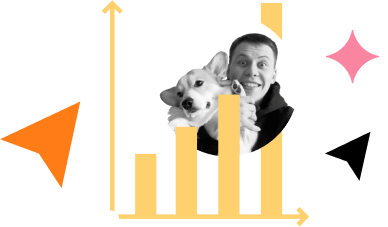


![Sales and Marketing Automation: How to align their workflow to 2x revenue [Dashly example]](https://www.dashly.io/blog/wp-content/uploads/2021/06/IMG_1074-1100x471-1-720x308.jpg)









